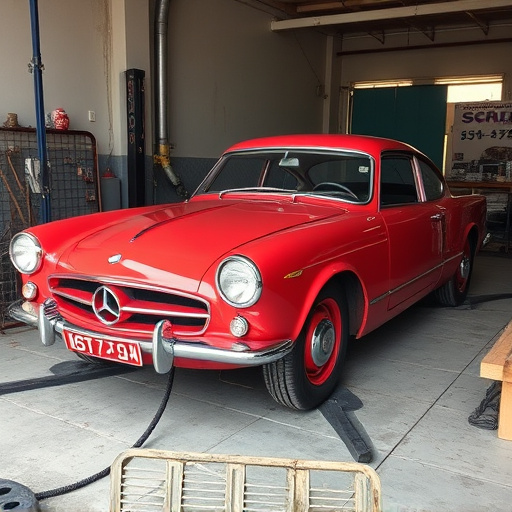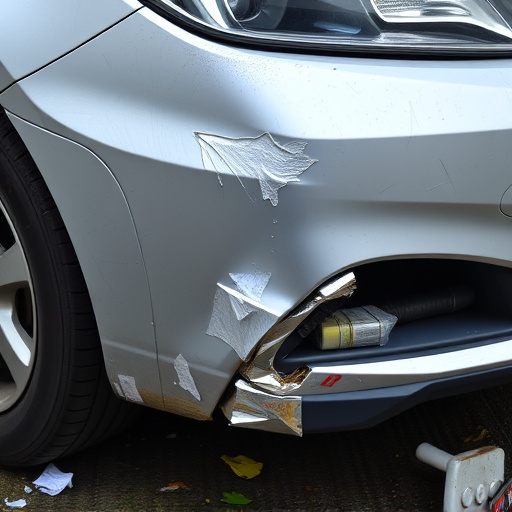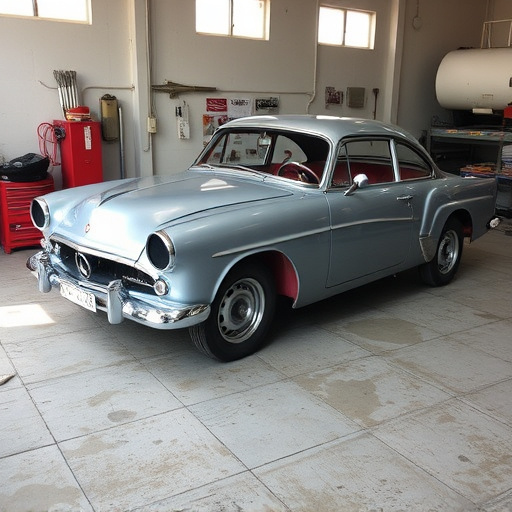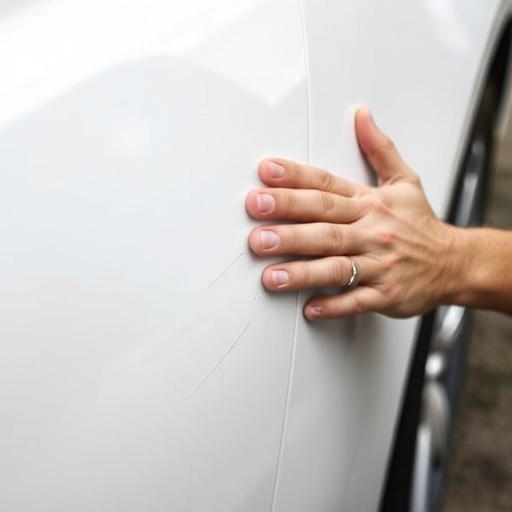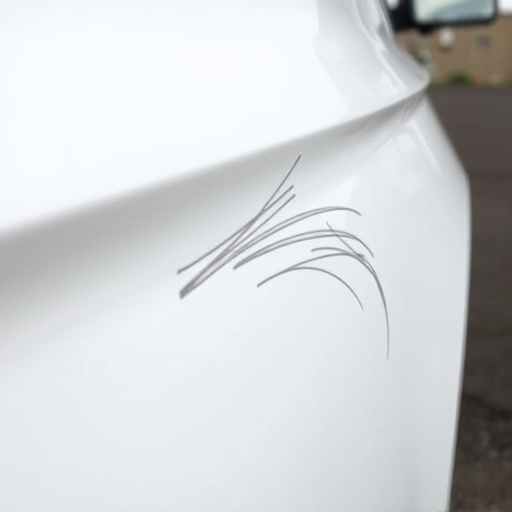Resistance spot welding is a critical modern manufacturing process that fuses metal sheets via electric current. Essential for automotive repairs like fender repair and dent removal, it ensures robust welds without damaging surrounding material. Prioritizing safety with protective gear is crucial due to high-energy risks. Strict protocols including cleaning, precise techniques, and rigorous safety measures guarantee successful and safe welding operations.
“Safety is paramount in any industrial setting, and resistance spot welding—a precise, powerful technique—demands strict adherence to protocols. This article guides you through the essentials of resistance spot welding basics, highlighting the critical role it plays in manufacturing. We’ll explore the necessary safety gear for operators, ensuring their protection during operations. Additionally, a step-by-step protocol is provided, offering a comprehensive framework for secure and safe welding practices.”
- Understanding Resistance Spot Welding Basics
- Essential Safety Gear for Operators
- Step-by-Step Protocol for Secure Welding Practices
Understanding Resistance Spot Welding Basics
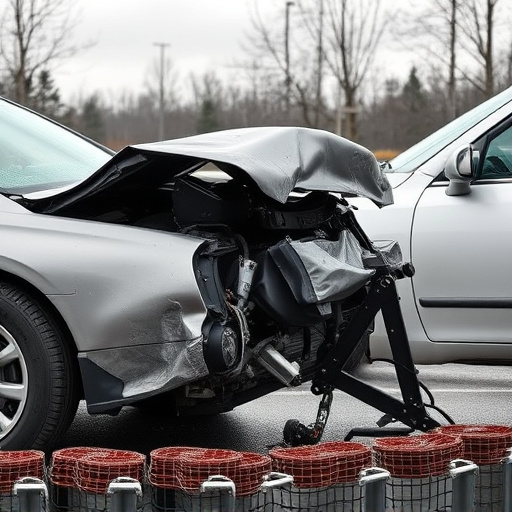
Resistance spot welding is a precision process that has become an essential part of modern vehicle manufacturing and repair. This technique involves applying a concentrated electric current through a pair of electrodes to create a weld between two metal surfaces, fusing them together. It’s particularly valuable for joining thin sheets of metal in various industries, including automotive, where it’s commonly used for tasks like fender repair or dent removal, ensuring structural integrity and aesthetic precision.
The process demands careful control and precise parameters, such as current, pressure, and time, to achieve a strong, clean weld without affecting the surrounding material. This method is known for its efficiency in joining metals with high strength and accuracy, making it a preferred choice for vehicle repair services where quick, reliable, and visible results are expected.
Essential Safety Gear for Operators

When performing resistance spot welding, operators must prioritize safety to mitigate risks associated with high-energy operations. Essential safety gear includes protective eyewear to shield against flying debris and arc flash, which can cause severe eye damage. Additionally, welders should wear insulated gloves and clothing to prevent electrical shock, as these procedures involve significant current concentrations.
Proper ventilation is another critical aspect, especially in confined spaces, to avoid the accumulation of harmful gases and fumes produced during the process. Hearing protection is also vital due to the loud noises generated by the welding equipment. In a vehicle body shop or auto maintenance facility, ensuring that all staff are equipped with this safety gear is paramount for creating a safe working environment, facilitating efficient car repair services, and maintaining a high standard of care in every procedure, from routine auto maintenance to complex repairs.
Step-by-Step Protocol for Secure Welding Practices
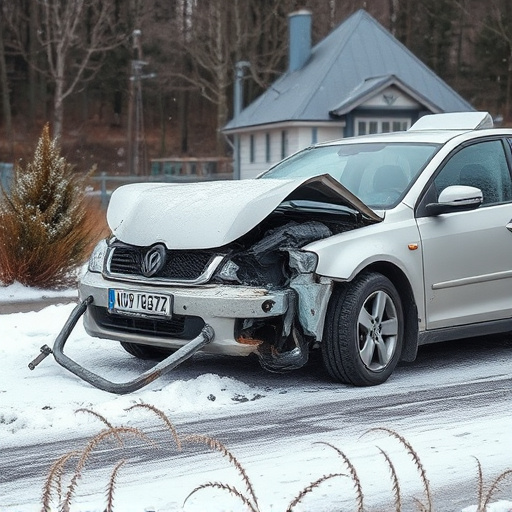
The success and safety of resistance spot welding operations heavily rely on a stringent protocol that ensures secure practices at every step. This meticulous process begins with preparing the workpiece, ensuring it’s clean and free from contaminants to prevent defects. A qualified technician then selects the appropriate welding tool and settings, considering factors like material thickness and desired joint strength.
Next, precise positioning of the electrodes is crucial. They are carefully aligned to achieve a consistent weld quality. During the welding process, strict safety measures are enforced, including wearing protective gear such as safety glasses and gloves. The operator activates the machine, applying controlled resistance and energy to fuse the metals. Post-welding, visual inspection is vital to identify any flaws or imperfections, followed by further testing to ensure the structural integrity of the welds, particularly in demanding applications like automotive body work, car dent repair, or car dent removal processes.
Resistance spot welding is a critical process that demands stringent safety protocols to ensure the well-being of operators and the quality of welds. By understanding the fundamentals, donning essential gear, and adhering to a comprehensive step-by-step protocol, professionals can effectively navigate the risks associated with this technique. Implementing these safe practices promotes a robust and efficient resistance spot welding operation.



